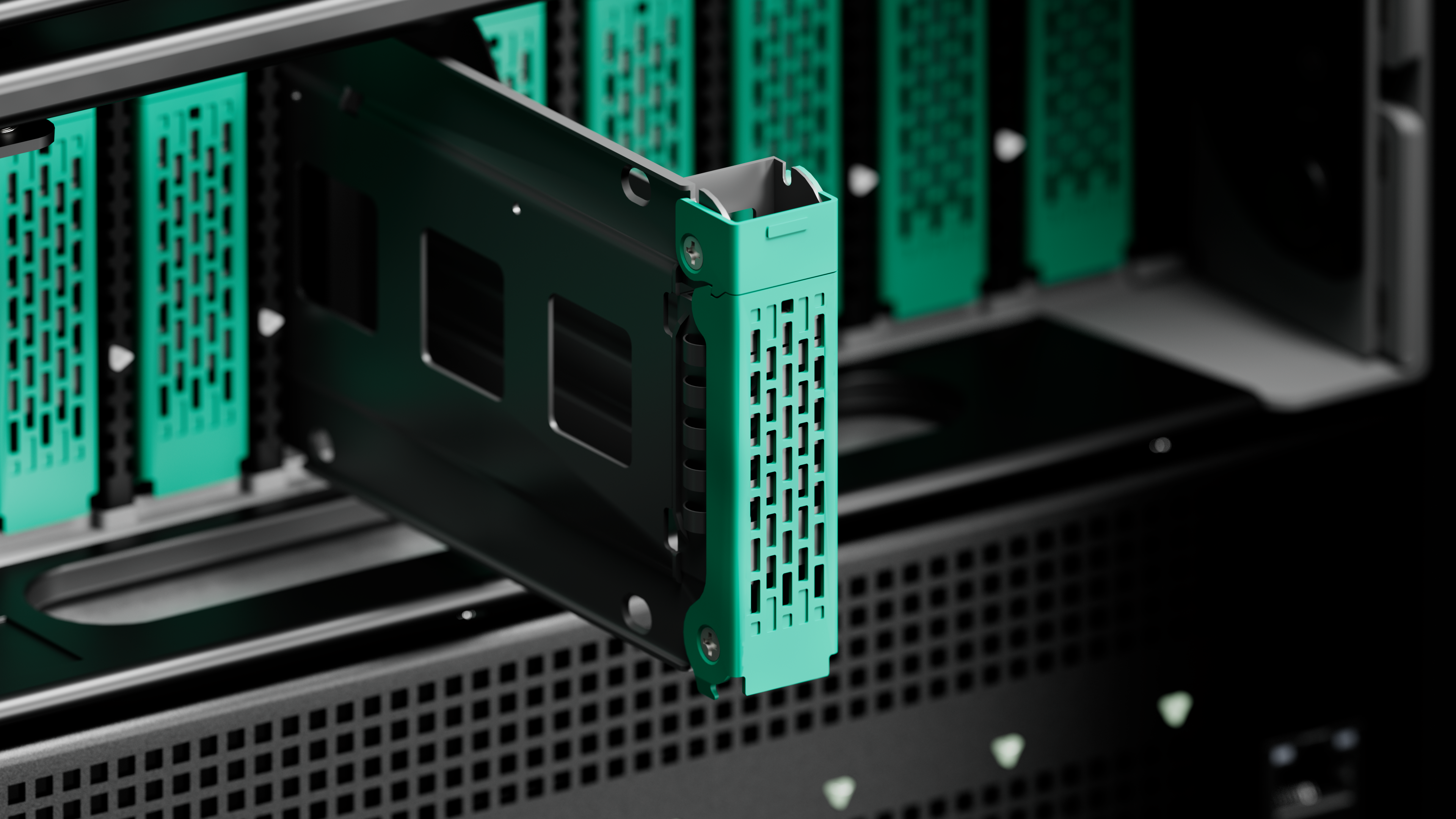Over the years, we’ve seen a bunch of attempts to bring cloud-like functionality to the private data center, from Mesosphere to OpenStack, along with lots of other hardware and software experiments that were developed with the idea of putting compute to work in a way that behaves like the cloud without having to rent from one of the web scale cloud companies like Amazon, Microsoft or Google.
Oxide, a startup from a couple of hardcore computing veterans, thinks it has built the perfect beast, a new stack of carefully curated hardware and software that behaves like a pool of cloud resources, but lives inside your data center with all of the security and latency benefits that come with that.
Today, the company announced a $44 million Series A to bring their vision to market.
The two founders, CEO Steve Tuck and CTO Bryan Cantrill, bring over two decades of experience each in hardware and cloud from companies like Dell, Sun Microsystems and Joyent, a cloud infrastructure startup acquired by Samsung in 2016. In fact, they each spent a decade working together at Joyent.
They see a fundamental problem with the way companies view the cloud: as a destination where you rent capacity, rather than the resources you can put to work in your own data center or someone else’s.
“What we realized is that nobody, despite some folks’ various claims, had actually taken that hardware and software approach, that integrated rack-level approach, and then built a product on top of it that people could run in their own data centers. Nobody had done that. And that was the genesis of Oxide,” company Cantrill told TechCrunch.
It’s not that they don’t think the cloud is a viable way of distributing compute resources. They do, but they think there is a better way to do it — and that’s on prem.
“We spent a decade running a public cloud infrastructure business and we believe that the future of computing is cloud computing. But cloud computing is not a destination. It is, in fact, a way to programmatically interface with large pools of compute and storage and networking to make it really, really easy for developers to write, deploy and manage software,” Tuck said.
The company is built on the premise that you should be able to choose to rent or own, depending on the job, and not lose the benefits of cloud computing like elasticity when you choose the latter. What these hardware vets decided to do was build a whole new hardware rack, one that would completely redesign the way people think of data center hardware to make it easier to manage, more efficient to deploy and use fewer resources.
The founders fully recognize that traditionally the problem with on prem deployment is time to value. It simply took too long to procure and deploy resources in a world where things have to move fast. What they’ve built to solve that is a rack-level system with 32 sleds. Cantrill says that you can think of each one of those sleds as a system with an AMD CPU, DRAM and storage all pooled together into one pool of resources.
Image Credits: Oxide
“If you want to add a sled, it is as simple as snapping it in,” he said. And instead of taking months to deploy, Cantrill says that it takes three hours from box to rack, connected to power and the network and available for use.
On an operational software level, the company created its own lowest level software. “We’ve done our own firmware, we’ve done our own hypervisor and we’ve done our own control plane,” Cantrill said. They believe having that level of control over the tech stack is a distinct advantage over the public cloud.
The two founders understood that it takes time to develop a solution like this. In fact they founded the company in 2019 and have been working to build this single, elegant solution for the last four years. They currently have it deployed at a single customer so far, but the purpose of the Series A is to take what they’ve built and bring it to a broader market.
Today’s $44 million round was led by Eclipse with participation from Intel Capital, Riot Ventures, Counterpart Ventures and Rally Ventures. The company has raised a total of $78 million so far. They used the first chunk of money to build and test their system.
This is a bold idea, and many companies have tried and failed to find a way to reproduce the cloud on prem. Time will tell whether these two computer industry veterans can generate a better outcome.











